Minnesota Fringe
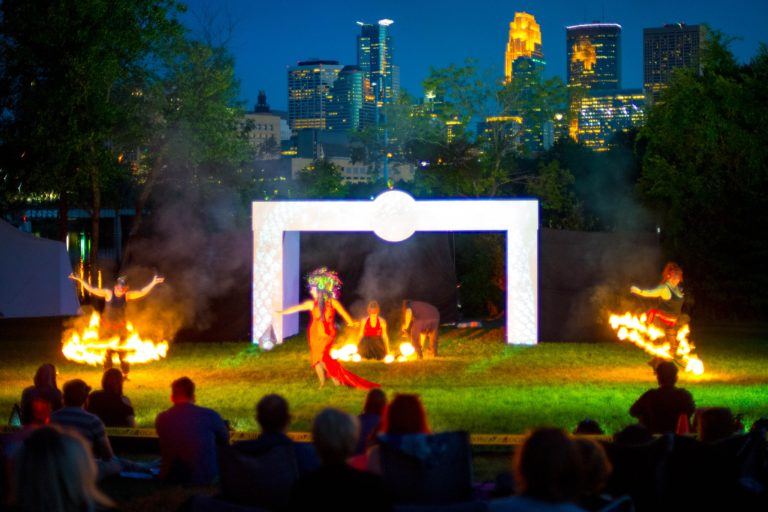
Feature photo: Max Haynes = Meusa by Vox Medusa, 2017 Fringe, credit Max Hayes
To sit beside Dawn Bentley is to know that things are going to be okay, she hears you, and your conversation is the most important of all the balls that are in the air. With just over a month before the 2019 Minnesota Fringe Festival, there are certainly many balls in the air for Dawn, the executive director of the nonprofit organizing it. Dawn took the helm leading Minnesota Fringe in 2017, just four months before the Minnesota Fringe Festival was set to take place. She immediately rolled up her sleeves and put her varied skills and endless energy to work with the Minnesota Fringe team to deliver a successful 11-day, 160+ show festival.
“People don’t think of Fringe as a mechanism for artists to make a living by honing their craft and sharing their work with audiences because that’s not what’s typically been talked about.”
Dawn Bentley, Executive Director, Minnesota Fringe
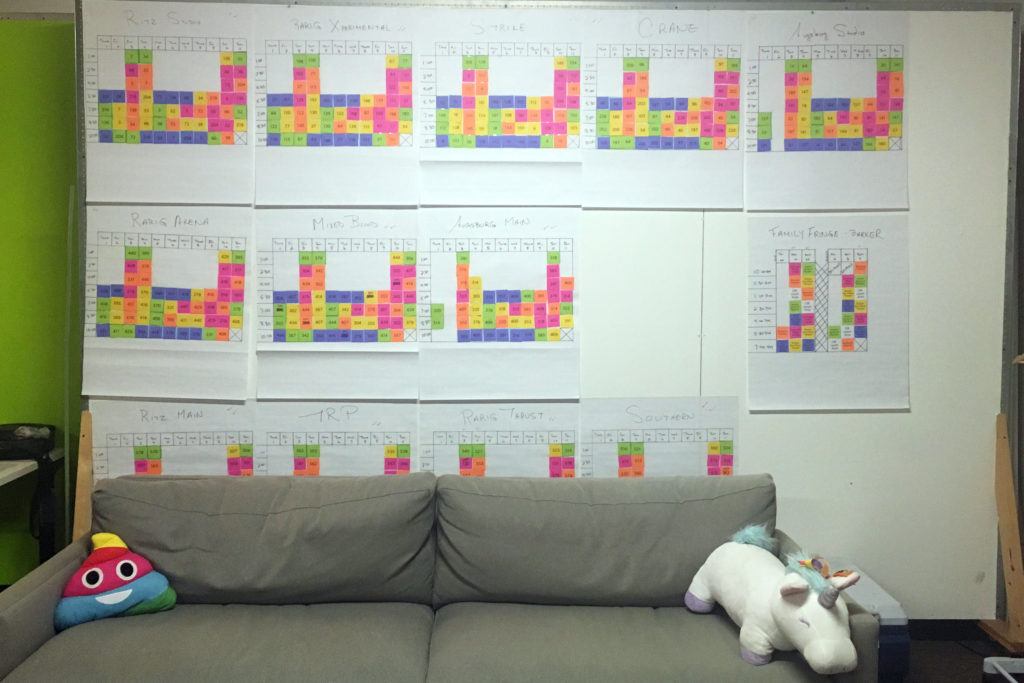
A Full Year of Programming and Investments in the Arts
Even though Dawn was a newcomer to the theater world when she became Minnesota Fringe’s executive director, she was more than qualified to lead an organization carrying the mission of connecting adventurous artists with adventurous audiences. “Every organization that I’ve been involved with in the arts field has had a mission that basically says that same thing: that art is for everyone,” said Dawn. This is a personal philosophy for her. While Dawn herself has played the violin for 35 years, she feels her passions are best suited to helping professional artists make a living doing what they love. She’s in the right place; over the last 10 years, Minnesota Fringe has given out more than $2 million to artists.
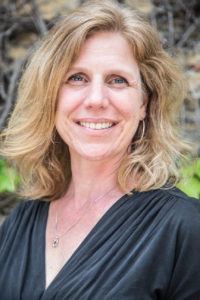
Dawn is the type of person seemingly fueled by a challenge. She had several facing her when she started in 2017: an organization facing staff turnover, a board fatigued from a months-long executive director search, and a festival that had been losing money year over year. With her first festival under her belt, Dawn broke the traditional cycle of automatically looking ahead to next year’s event and instead seized the opportunity to turn Minnesota Fringe into an organization offering year-round programming to Minnesota artists and residents. The nonprofit developed mentorship programs between established and emerging artists. It hosts quarterly Drafts on Draughts, where playwrights can test out new material over beers with curious audience members. “That’s obviously a thing that needed to happen because we have artists who are signed up for months in advance for it,” said Dawn.
While the Minnesota Fringe Festival is often talked about in terms of its very impressive numbers – at its 25th festival in 2018, it drew nearly 40,000 people to 132 shows, and is consistently in the top 5 largest fringe festivals in the U.S. – Dawn underscored the larger impact of the festival: the $250,000 reinvested back into the local arts economy through hiring local technicians, house managers, paying artists, and securing venues during their off-season. In addition, performers receive 70% of the ticket price for seats filled at their shows. “People don’t think of Fringe as a mechanism for artists to make a living by honing their craft and sharing their work with audiences because that’s not what’s typically been talked about,” said Dawn, underscoring the myriad ways the nonprofit supports artists leading up to, during, and after the Festival.
Accessible Art for All Ages
At their heart, Fringe Festivals are about giving a stage to theater artists typically shut out from the more mainstream art institutions because their performances are deemed too “risky” or their portfolio is not as robust. “The thing that almost all Fringes have in common is either they are lottery-driven or first-come, first-serve,” explained Dawn, which differentiates them from juried festivals and creates a sense of egalitarianism and accessibility.
The Fringe Festival model also opens the doors for new audiences. “You can go to a Fringe show in shorts and a tee-shirt and stop at the sandwich shop at the corner in between performances,” said Dawn. “We’re a ‘gateway drug’ to the performing arts for audience members. You’re seeing great art, good stories, and also a little of the weird and the unusual, something you wouldn’t see on a larger stage in a longer run because it’s ‘too risky.’”
Dawn is leading the Minnesota Fringe team to embrace inclusivity at all levels; in so doing, this year they’ll become the Fringe Festival to offer relaxed, sensory-friendly performances for kids and adults with autism spectrum disorder and other sensitivity needs. “The house lights will be up, the sound will be low, the whole experience will be different,” explained Dawn. “We’ll undersell the whole show so there will be space for people to move around. We’ll have fidget spinners and noise-canceling headphones as well as a quiet space.” The Minnesota Fringe Festival will also be the first North American Fringe to offer open captioning at select shows.

In addition, Dawn and the Fringe staff pioneered Family Fringe in 2018, a curated festival specifically for kids under the age of 13 and their caregivers. This year Family Fringe will take place July 26-28 and August 2-4, in tandem with the full Fringe Festival.
Dawn also recognizes the need for better representation on the stage. “Even though we know it’ll take years to achieve our goals, we’ve really worked hard to integrate ourselves into the community to demonstrate our commitment to diverse representation. Fringe can be for everyone,” said Dawn. That includes implementing different hiring practices, different volunteer recruitment practices, and showing up in and for different communities.
Overcoming Leadership Loneliness and Navigating Change
When Dawn first heard about Propel Nonprofits’ Equity Builder Loan Program, she knew she wanted to be involved. While she felt like a confident financial leader (she has an MBA and a Master’s Degree in Nonprofit Management), she was excited about the prospect of being part of a peer cohort with other leaders of arts nonprofits. “Sometimes being an executive director – and how I imagine it’s like being an artistic director – feels very lonely, especially in a small organization,” said Dawn. Through Equity Builder, she’s gotten to connect with leaders from 20 other arts and culture nonprofits across Minnesota.
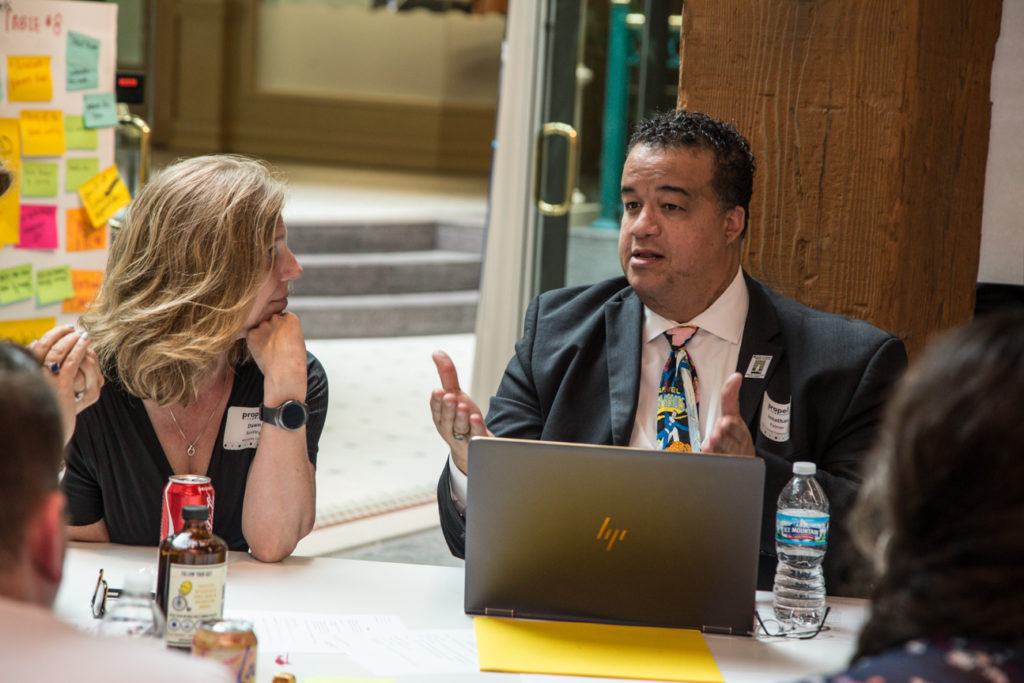
The program has offered tactical gains, too. Minnesota Fringe used its $13,000 Equity Builder infrastructure investment to purchase a new ticketing system, which will provide the organization with a deeper level of audience data. “If I understand how our seats are getting filled, I can make a better predictive budget,” said Dawn, who is a big advocate of data-driven decisions.
Another aspect of the Equity Builder program that Dawn intuitively understood is the power of an operating surplus to respond to an ever-changing environment. “When Fringe started in 1993 in Minnesota, theaters typically went dark from May to September,” said Dawn. “Now theaters around town rely on summer rent to supplement income or produce shows year-round. Many venues have shut down so the number and availability is smaller.” Again, looking at data and how many unfilled seats the festival had, Dawn made the tough call not to stage shows in the Uptown venues in 2018. “Bigger isn’t better, better is better!” Dawn stated. Minnesota Fringe incorporates yearly audience and artist feedback in continued improvement efforts.
2019 Fringe Festival
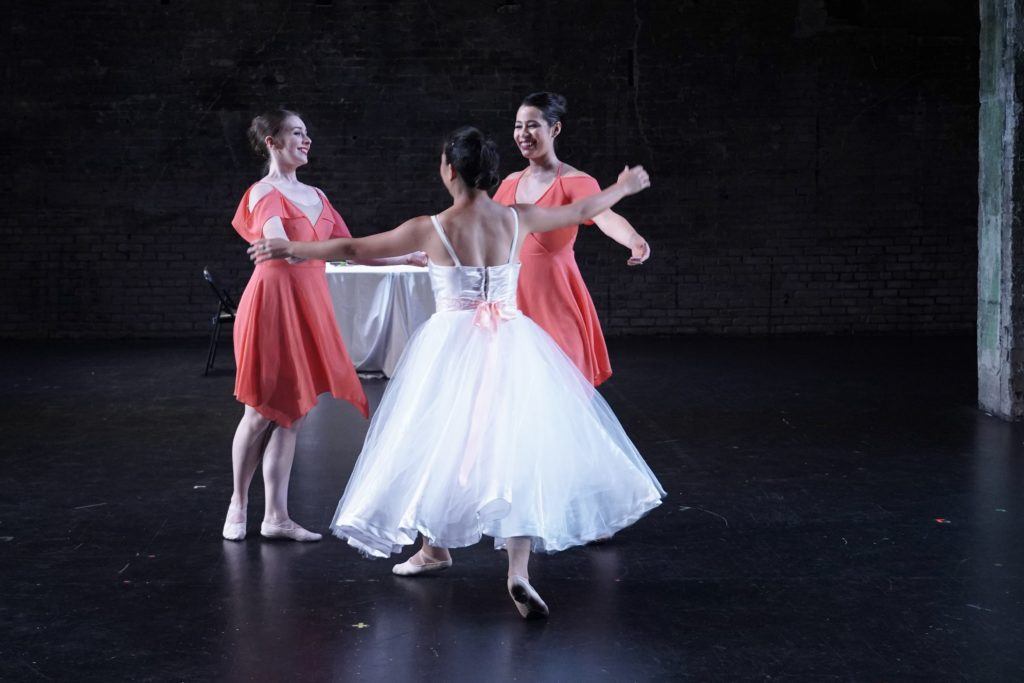
You can get your tickets now for the 2019 Minnesota Fringe Festival, taking place August 1-11 at theaters in the Cedar-Riverside and Northeast Minneapolis neighborhoods. Family Fringe will take place July 26-28 and August 2-4 at the Barbara Barker Center for Dance. Last, check out its year-round programming for adventurous artists and audience members alike at its website: https://www.minnesotafringe.org/year-round.
Related Services
-
Lending
Propel Nonprofits makes loans to a wide range of nonprofits of different sizes and fields of service to strengthen and expand programs, manage cash flow, and finance real estate projects. Our lending team determines the best approach to meet your needs, and sticks with you to address challenges.
